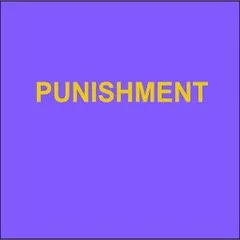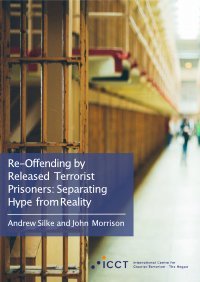By Maxim Ananyev and Michael Poyker
We investigate whether prisons contribute to homophobia in the general population given that inmates’ informal code often ascribes low status to persons perceived as ``passive’’ homosexuals. First, using Australian longitudinal survey data, we establish that prison experience prompts a higher level of anti-gay sentiments among males and their families, even though no discernible difference exists before incarceration. Second, to explore the transmission of anti-gay sentiments to the population, we use the Soviet amnesty of 1953, which released 1.2 million prisoners. We find that the municipalities in Russia more exposed to the influx of released individuals have more anti-LGBTQ+ hate crimes, homophobic slurs on social media, and discriminatory attitudes in representative surveys. We offer suggestive evidence for the mechanisms by showing that in the aftermath of the amnesty more exposed locations had a larger increase in the number of thieves-in-law, career criminals upholding the inmate code, and descendants of Gulag prisoners have higher levels of anti-gay attitudes. Our results demonstrate a previously under-emphasized cost of mass incarceration: a higher level of homophobia.
Melbourne: University of Melbourne - Melbourne Institute: Applied Economic & Social Research; Nottingham, UK: University of Nottingham, School of Economics, 2022. 110p.





















